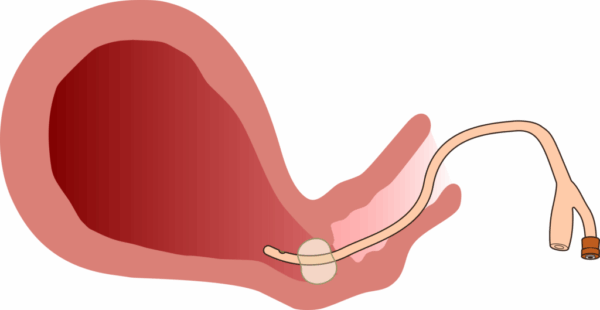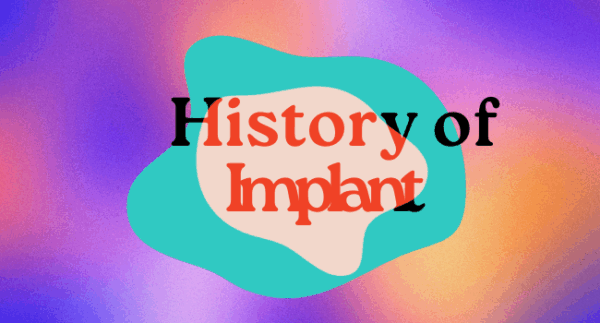Insights: Catheter for Uterine Suction (FOCUS) for Severe Post-Abortion Hemorrhage
Written by Sophie Renaud MD, Frank Jackson DO
Severe hemorrhage remains one of the most life-threatening complications after miscarriage and abortion, yet treatment options beyond uterotonics and hysterectomy are limited. The Jada device is currently the only approved vacuum device for uterine hemorrhage, but it was only studied for use in immediate postpartum hemorrhage in term or late preterm pregnancies and carries a contraindication for use in patients with <3 cm of cervical dilation, making it unsuitable for many post-abortion patients. In patients with hemorrhage after miscarriage or abortion, use of a simple, low-cost Foley catheter for uterine suction (FOCUS) can produce a similar intrauterine negative pressure effect to control uterine atony.1
For this procedure, the Foley catheter is placed into the uterus above the internal cervical os after any clots, debris, or placenta has been removed. The balloon is then filled to its capacity with saline and the end of the catheter is connected to suction tubing. The purpose of the balloon is to anchor the catheter inside the uterine cavity, not to distend the uterine walls, so the choice of balloon size is dictated by cervical dilation and uterine size. Suction is recommended to start at 80 mmHg but it can be increased up to a maximum of 525 mmHg to control the bleeding. The balloon is left in place for at least 1 hour, with total time in situ not exceeding 24 hours. One dose of doxycycline 200 mg is recommended for post-abortion patients.
This solution addresses a common problem encountered in both high-resource and low-resource settings using readily available materials. The efficacy of suction-based hemorrhage control has been previously demonstrated by studies on the Jada device and studies using the Bakri balloon in place of the Foley catheter.2,3 FOCUS has been used successfully in first and second trimester abortions, in patients with structural uterine anomalies, and in delayed postpartum hemorrhage.4 FOCUS offers an effective, simple, and intuitive solution to the most common emergent complications of induced abortion and miscarriage. Providers can learn more with free resources on FOCUS at focuspph.com.

RHAP Resources:
Early Pregnancy Loss (Miscarriage) Treatment Options
Early Pregnancy Loss (Miscarriage) Treatment: Procedure
Download and print our resources for free from our website or visit our store to buy physical copies!
Partner Resources:
Reproductive Health Hotline (ReproHH)
A free, confidential phone service (1-844-737-7644) offering evidence-based clinical information for healthcare providers across the US who have questions related to sexual and reproductive health.
Sources:
Sign-up to Receive Insights Monthly!
If you enjoyed this Insights, sign up to have them delivered to your inbox! Insights are released on the fourth Tuesday of every month!
Sign-up to Receive Contraceptive Pearls Monthly!
If you enjoyed this Insights article, then check out our Contraceptive Pearls! Contraceptive Pearls are monthly highlights focusing on best practices in patient-centered, evidence-based contraceptive care. Read our latest Pearl here. You can sign up to have Contraceptive Pearls delivered to your inbox! Contraceptive Pearls are released on the third Tuesday of every month!

